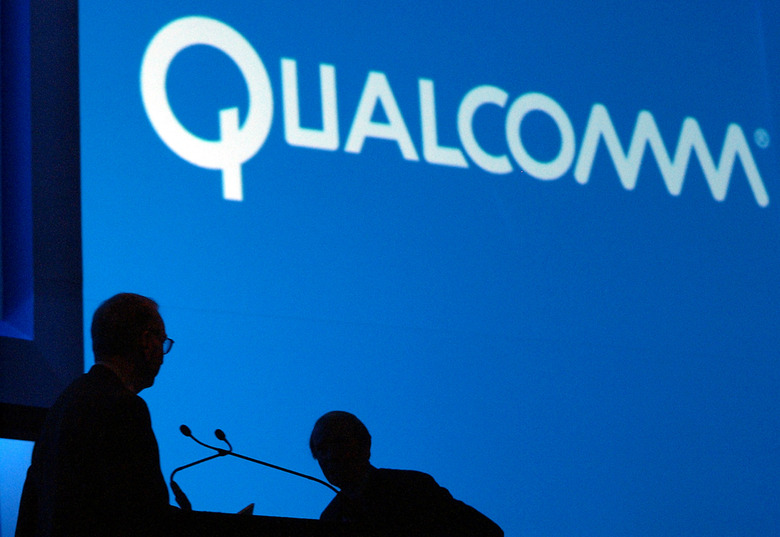ARM-Based Windows PCs And Macs Are Coming, And They'll Be Incredibly Powerful
Intel and AMD will soon have to compete with two powerful chipmakers out there, two companies that have focused on the mobile market so far. I'm talking about Apple and Qualcomm, as both companies are developing ARM chips that could power future MacBooks and Windows 10 PCs.
A variety of rumors said that Apple is working on an A-series chip that would be powerful enough for MacBooks, and that makes perfect sense, considering that the newest iPhones and iPads already outperform some Macs in benchmarks.
Qualcomm's plans, meanwhile, aren't as secret. After all, the giant chipmaker isn't also manufacturing its own consumer devices as Apple does, so keeping the secret is nearly impossible.
A WinFuture report in early June revealed the existence of a Snapdragon 1000 processor, a chip that appears to be made exclusively for use in ultra-light laptops in the near future, the kind of notebooks that deliver always-on 4G/5G support and all-day battery life.
The same WinFuture is back with additional details about the Snapdragon 1000. Apparently, Qualcomm is developing a processor that could power desktops as well.
The Snapdragon 1000 developer platform packs up to 16GB LPDDR4X RAM, 128GB of storage (UFS 2.1), 802.11 ad gigabit WLAN and gigabit LTE. That sure sounds like the kind of high-end configuration you'd see in a laptop rather than a tablet.
The report also notes that the package is a lot larger than expected, 20 x 15 mm compared to 12.4 x 12.4 mm for the Snapdragon 845. More puzzling is the fact that the chip also comes in a socketed version. That's the kind of CPU you'd find inside a desktop. A socketed chip can be upgraded in the future, while a soldered chip, as it's the case on mobile devices, isn't user replaceable. The main reason to solder the chip on the motherboard is to reduce the thickness of a smartphone or tablet.
The story doesn't say what devices will make use of the Snapdragon 1000 platform, or when laptop vendors will launch Windows 10 machines packing these new Qualcomm chips.
